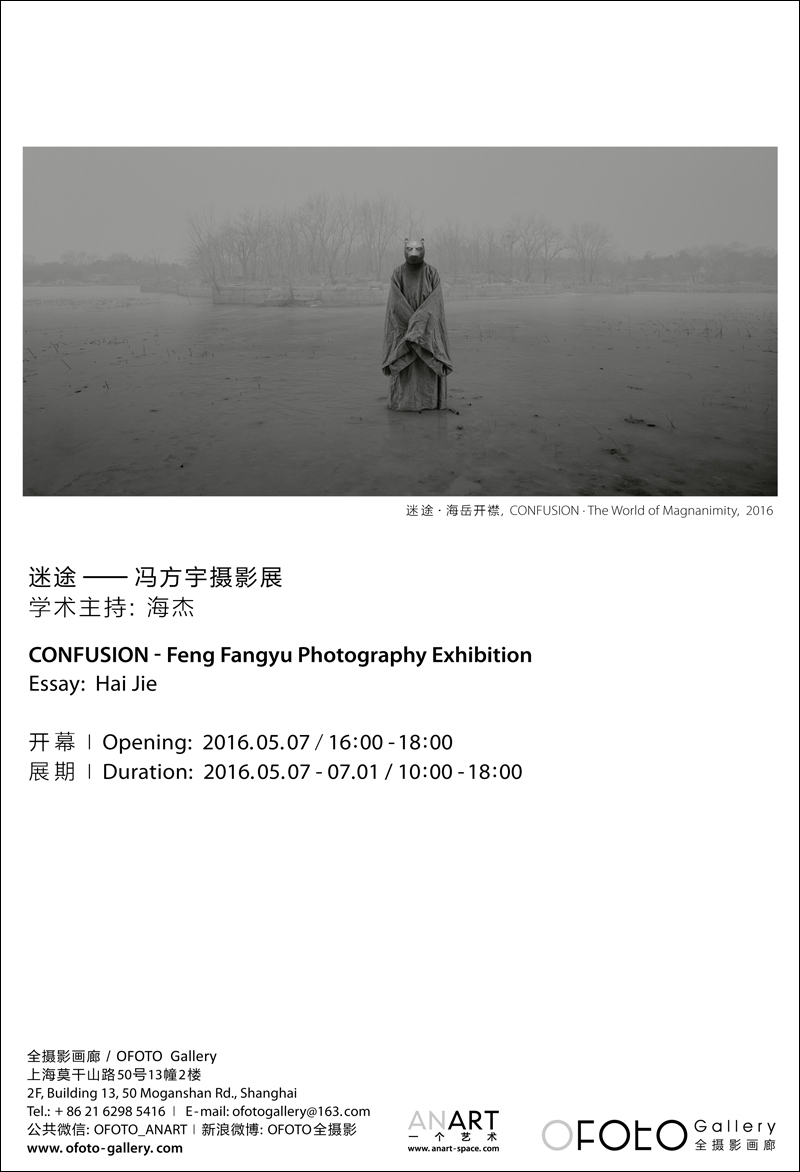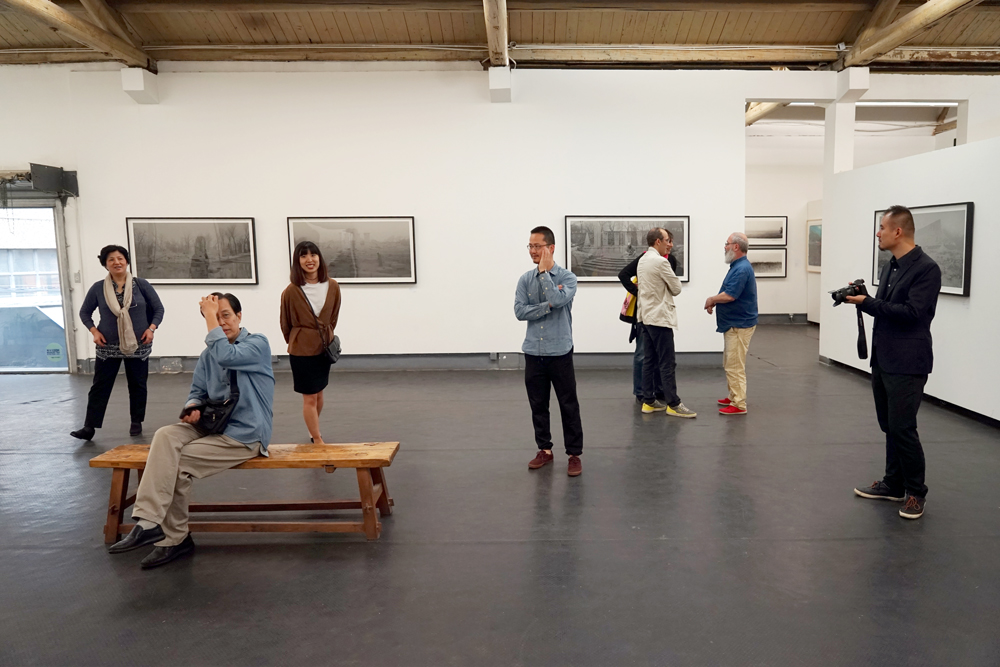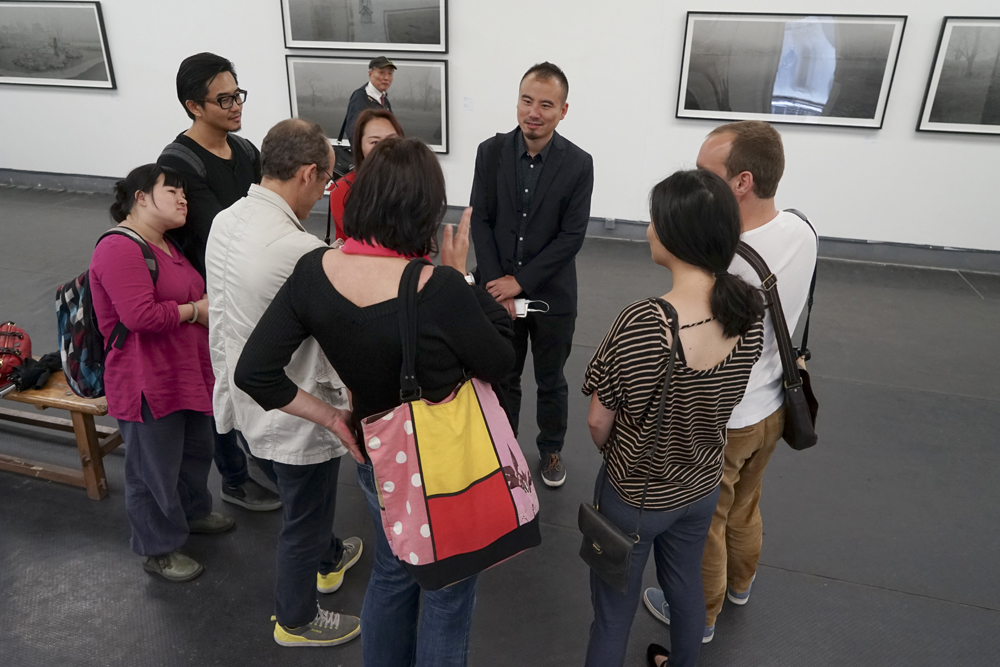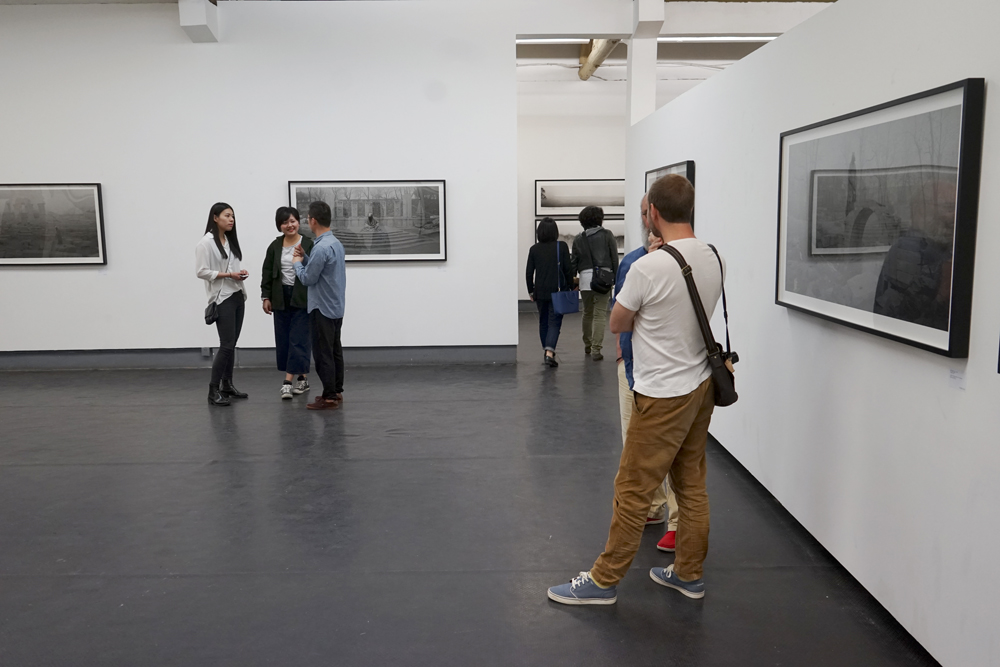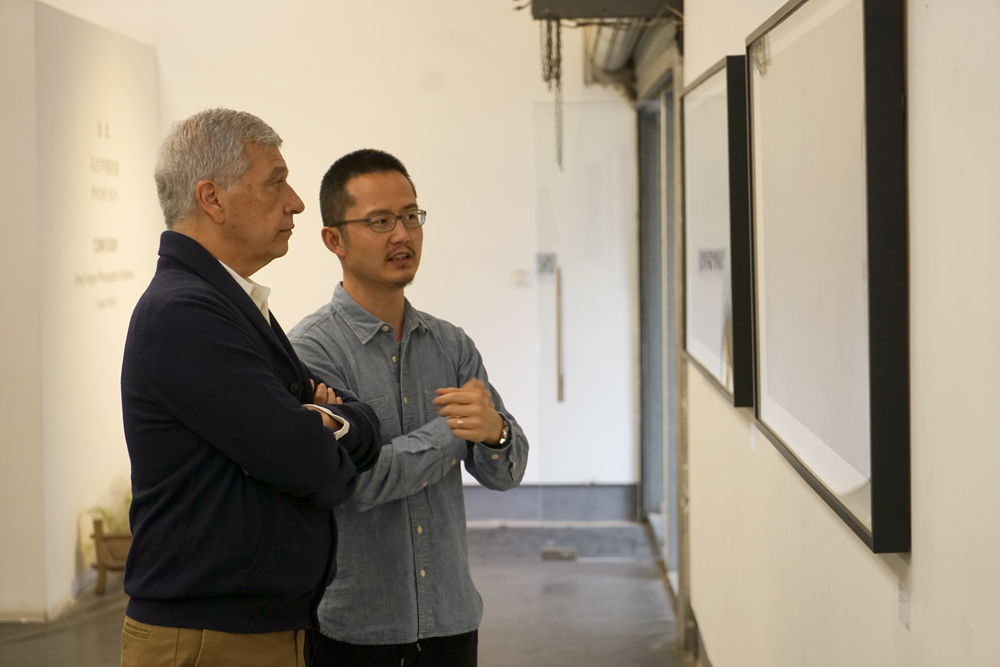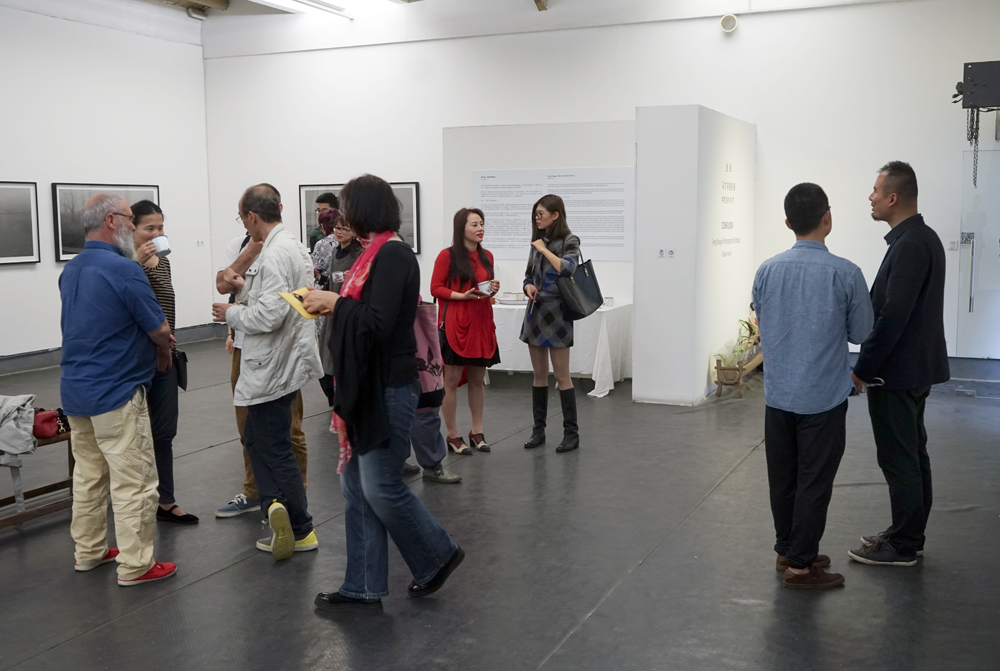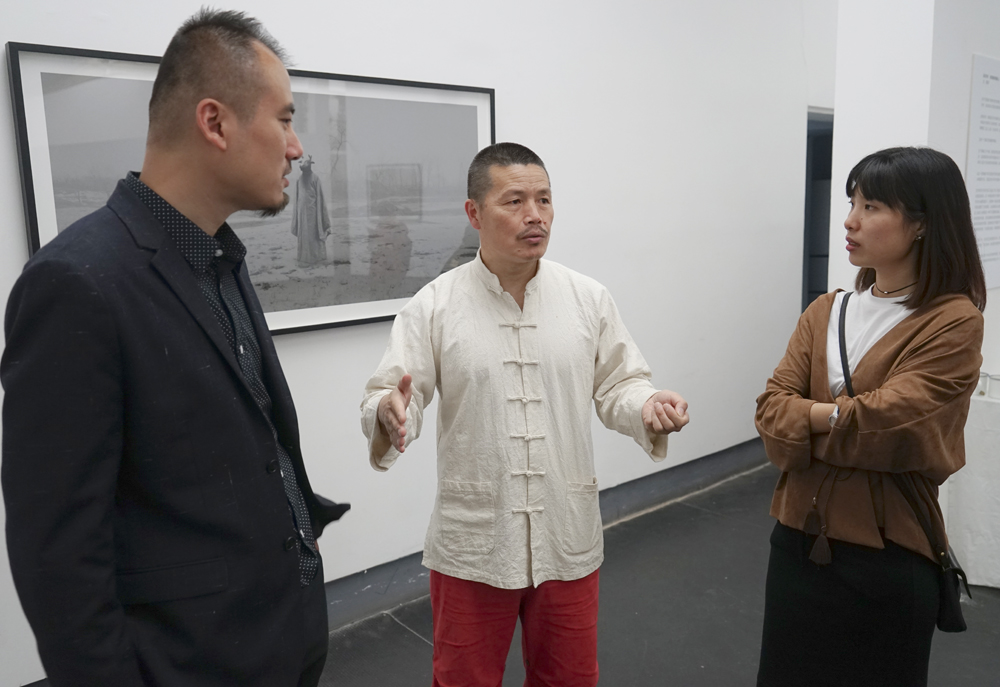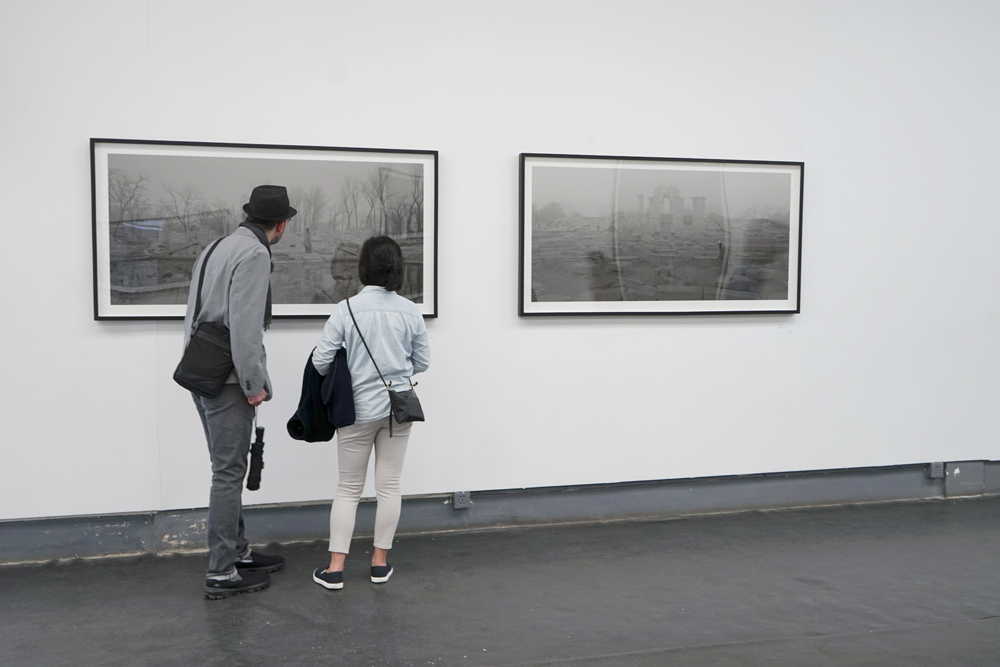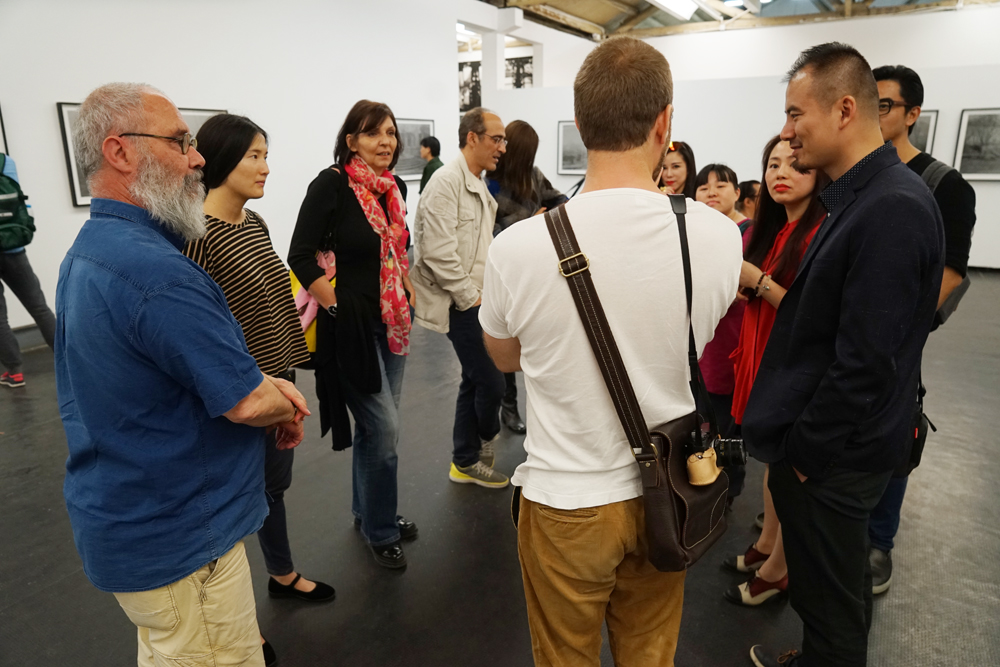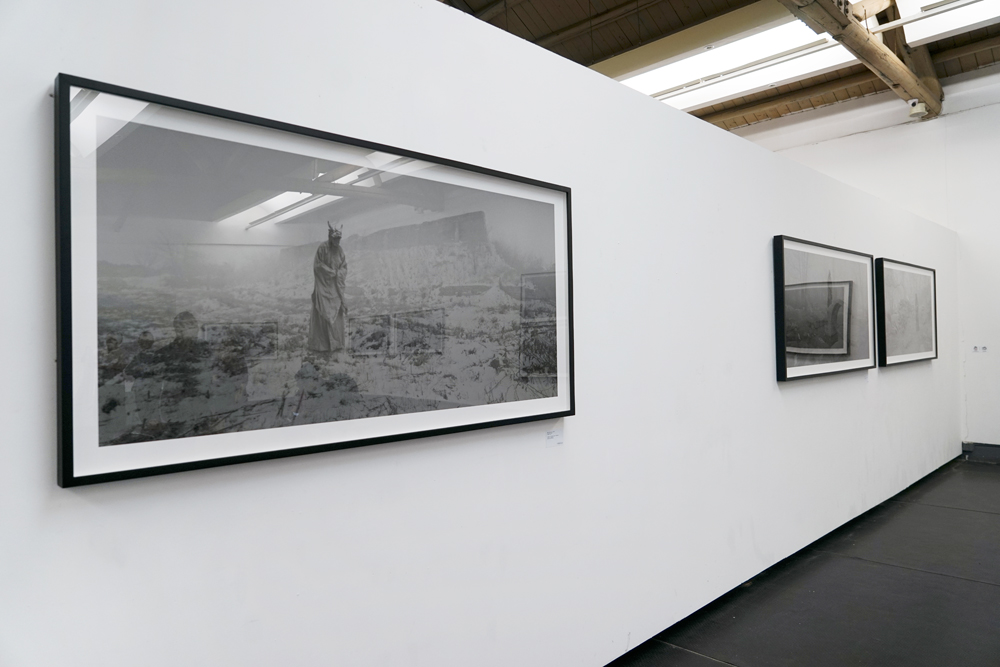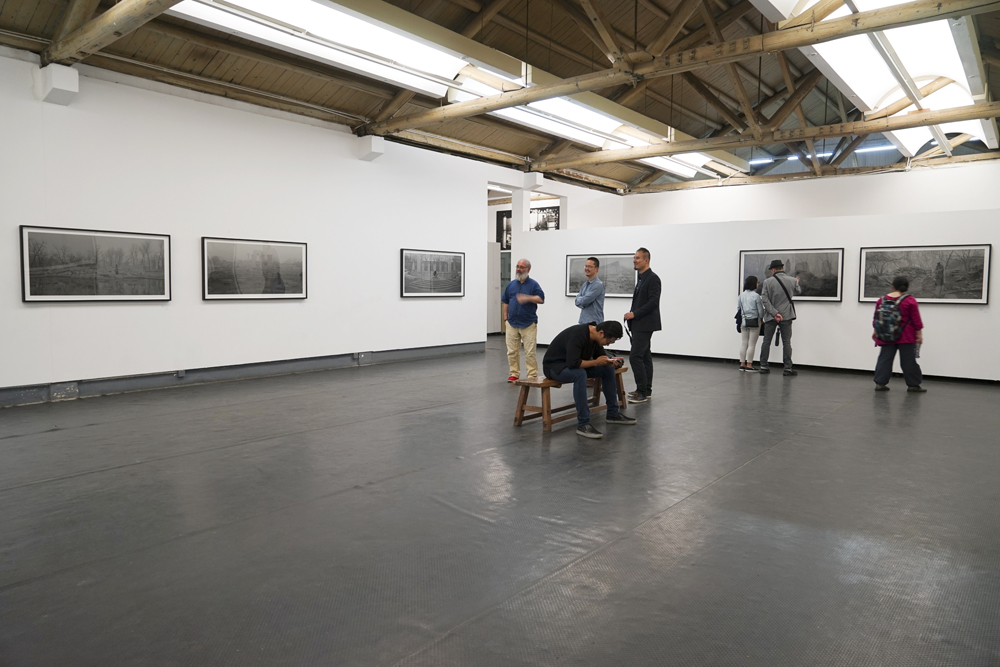Feng Fangyu: Man in Search of Time
by Hai Jie
Feng Fangyu is an artist with a strong sense of history, which is reflected in many of his previous works such as architecture, the Nanking Yangtze River Bridge, and the Old Summer Palace in this article. The sense of history is always based on time.
As we talk about time, in the beginning of the movie Farewell to the Ark by the Japanese director Shuji Terayama, the young master of the Tokito family, Daisaki, stole all the clocks and watches in the village. He carried them all to the beach and buried them in the sand, and thus the whole village lost the concept of time, triggering a string of absurd incidents.
This is a magical and yet cruel metaphor.
A real story in China mirrors this metaphor. Since the twelve bronze heads of the Chinese zodiac statues that would spout water to tell the time were looted during the destruction of the Old Summer Palace by British and French expeditionary forces, the concept of time has been absent in this space of leisure for the Qing Court. That means, in this long period of time ever since, all the narratives about the lost heads of the Chinese zodiac statues have been about the lost time. It keeps reminding us of the roundabouts of history because of the loss of time coordinates.
When the meaning of this narrative expands into the collective misery of our nation, we had no choice but to inherit this traumatic memory that’s long gone. Besides a sore spot in historical writings, the topic of the 12 zodiac heads has been a source of constant media hype.
Artist Feng Fangyu’s “Confused” series and “Barren Palace” series are extensions of this narrative. In 2011, an exhibition with some of the zodiac heads was toured around the country. On hearing the news, Feng Fangyu started his own visual tableaus. His “Confused” series features a ragged-clothed person standing amid the subdued marble ruins of the Old Summer Palace. Appearing in a tangle of overgrown weeds, shrouded in a heavy haze, the man looks like a ghost or a corpse. Some of the details of Feng Fangyu’s photographs have references to their historical prototypes, for instance the styles of long gowns in the images are somewhat similar to those of the original zodiac statues, but the more important point in his “Confused” series is uncontainable sarcasm. Bids in auctions on foreign lands for the bronze heads on moral and patriotic grounds to retrieve the lost clock of the imperial garden inspired unprecedented fervor, cultivating a G spot in history. Unfortunately, however, we don’t get to start a brand new timeline. In today’s world, all those images of ghosts Feng Fangyu placed in the abandoned gardens are still wandering there looking for their way. As inconvenient and repellant as they may seem, these are our mirror images that we must face.
Through “Barren Palace,” Feng Fangyu looks right into the landscape itself and rewrites it in the context of ordinary images. What was once the visual space to signify the power of the emperor is now like a graveyard, its order long lost. “Confused” and “Barren Palace” go beyond presenting landscape to point out the difficult condition of man.
We are still like the villagers that lost their concept of time. With the help of modern technologies, we live in the illusion of a new timeline, where we are omnipotent, but we’ve never managed to escape to the complications of the “lost time” metaphor. We are still lost, still stumbling where we stand.
Translation: Chen Dan
翻译(中-英): 陈丹
